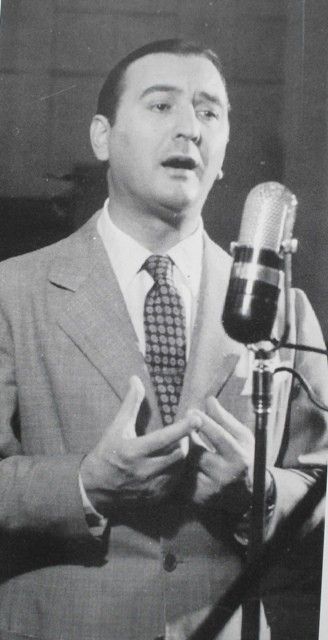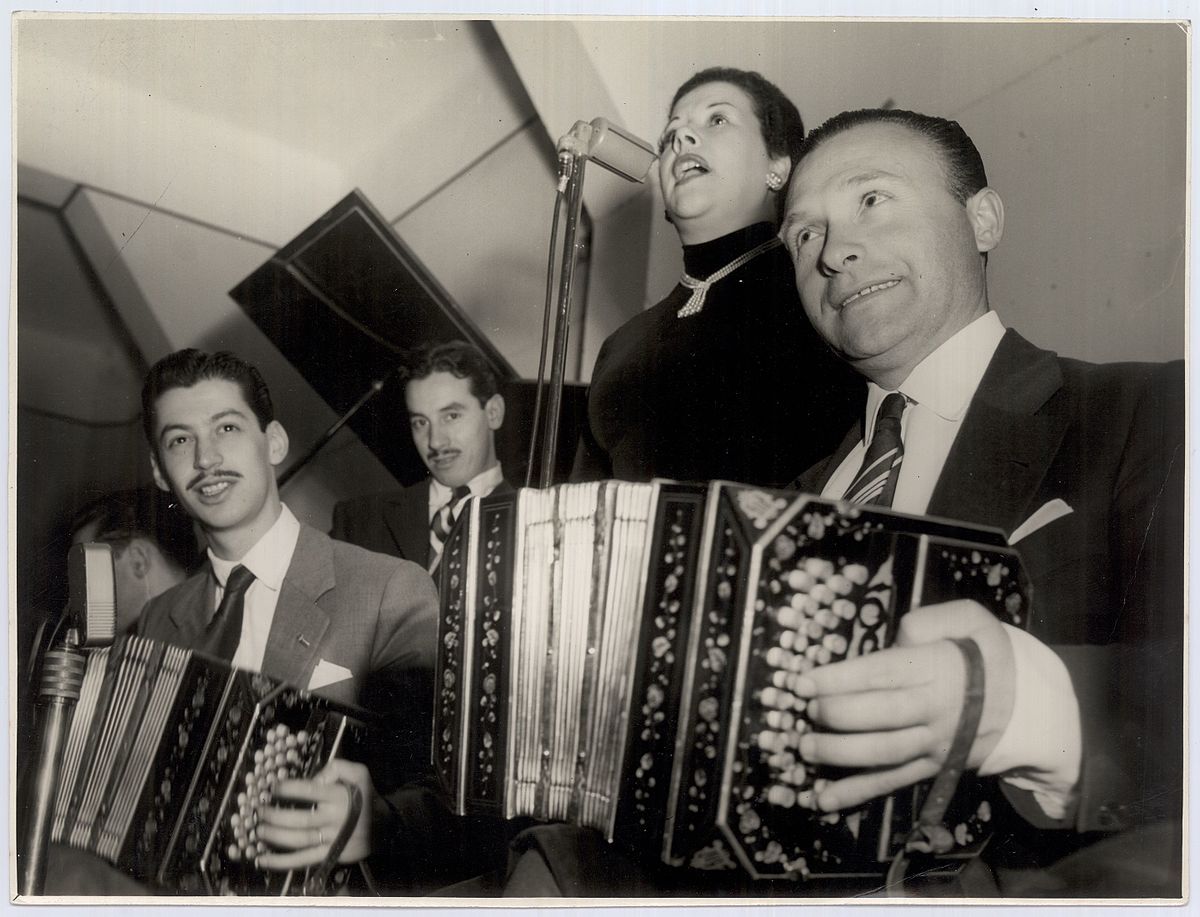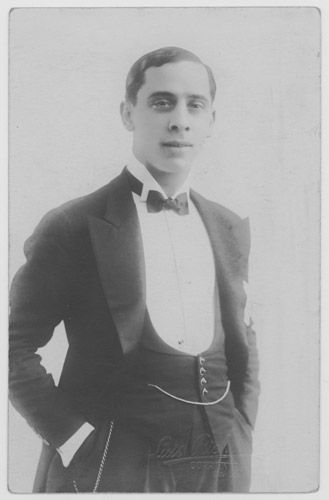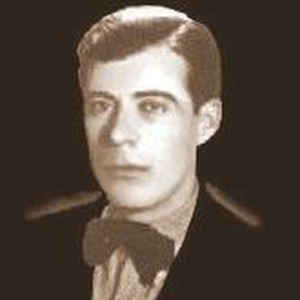“Bar exposición” by Carlos Di Sarli y su Orquesta Típica, 1954.
 Luis Teisseire
Luis Teisseire
Flutist, composer, lyricist and leader
(24 October 1883 – 3 May 1960)
He joined the Hansen’s staff as flutist, later he switched to El Quiosquito. He also joined the outfits that played at the dancehalls of Rosendo, Bevilacqua and Posadas, besides playing at the cheap cafés of La Boca, on Suárez Street.
Among his compositions we find unforgettable titles which total over 80 pieces. Continue reading at www.todotango.com…
Listen and buy:
 |
 |








